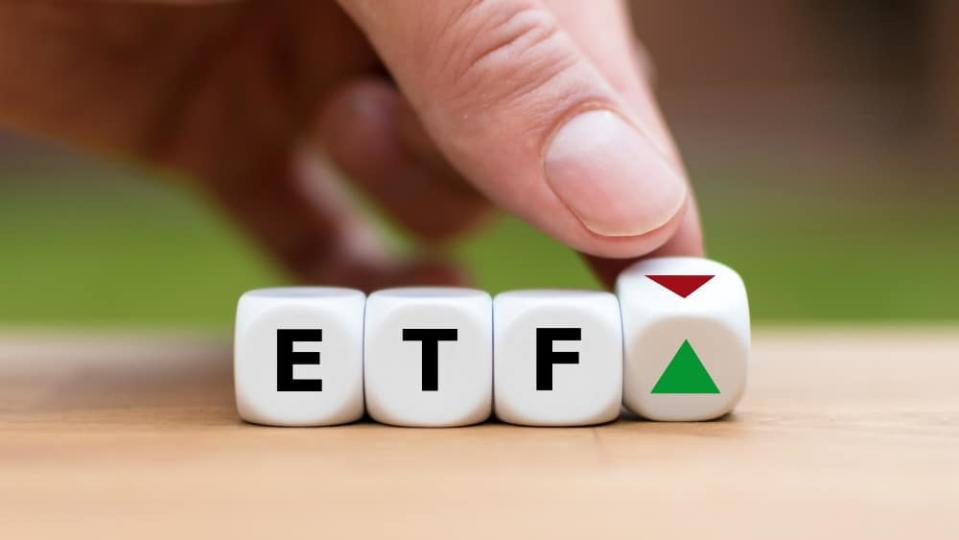BMO Covered Call ETFs: Which One Is Best for Passive Income Investors?

Written by Tony Dong at The Motley Fool Canada
I previously wrote an article about how BMO Global Asset Management’s lineup of covered call exchange-traded funds (ETFs) might not be suitable for beginner retail investors. For a more nuanced explanation, consider giving it a read.
To sum it up, I noted that they had high management expense ratios (MERs), failed to outperform their vanilla index counterparts in both bull and bear markets, offered little protection in a crash, and had an overall poor risk-return profile.
There were two exceptions though, and for some investors they can be an excellent holding depending on your investment objectives or strategy.
The (very specific) use case for covered call ETFs
First, I noted that buying a covered call ETF could be a good play if you expected the market to trade sideways. In this case, the premiums collected would help you beat an index fund. However, predicting and timing market movements is very difficult, so this point is moot for most investors.
Second, I noted that buying a covered call ETF could be a good investment for income-oriented investors who also have a high risk tolerance and long time horizon. This excludes retirees, as covered call ETFs do a poor job of protecting your investment’s principal.
However, this does apply to financially independent, retire early (FIRE) folks. If you happen to be relatively young and retired with a decently sized portfolio ($1,000,000+), then covered call ETFs might be a good option for your monthly income needs.
With yields of 5% and up, buying a covered call ETF with a portfolio of that size can easily provide you with a healthy income stream totaling $50,000+ annually, all without having to sell shares.
The best covered call ETFs for the role
If this sounds like you, the next step would be to find the ideal covered call ETF that suits this purpose. Your criteria should be:
Low MER: every percent you pay in fees comes directly out of your investment
Broad diversification: you don’t want to take on uncompensated sector-specific risk
High yield: maximizing your monthly income is the goal after all
Our candidates from BMO therefore boil down to three ETFs:
BMO Covered Call Canadian Banks ETF (TSX:ZWB): This ETF holds six Canadian bank stocks with a covered call overlay. The MER is 0.72% and the distribution yield is 6.05%.
BMO Covered Call Utilities ETF (TSX:ZWU): This ETF holds 23 Canadian and U.S. utility stocks with a covered call overlay. The MER is 0.71% and the distribution yield is 7.17%.
BMO Canadian High Dividend Covered Call ETF (TSX:ZWC): This ETF holds 35 Canadian dividend stocks from the financials, energy, telecom, utilities, and industrial sectors with a covered call overlay. The MER is 0.72% and the distribution yield is 6.01%.
It is worth nothing that all three BMO ETFs write (sell) covered calls on just 50% of the holdings, all at out-of-the-money (OTM) strike prices. What this means is that you get the most optimal blend of capital gains and yield, which is preferable if these will be a long-term holding in your portfolio.
The Foolish takeaway
ZWB is way too concentrated in just six Canadian bank stocks. As solid as they are, taking on sector-specific risk is something long-term investors should avoid. I would also avoid ZWU despite the higher yield, as utilities are sensitive to rising interest rates and often have high debt loads.
ZWC strikes a good middle ground. With total of 35 quality Canadian dividend stocks from a variety of sectors, ZWC offers better diversification. It also has a similar MER and yield as the other two options. If you’re looking for high monthly income, ZWC is the best option here.
The post BMO Covered Call ETFs: Which One Is Best for Passive Income Investors? appeared first on The Motley Fool Canada.
Should You Invest $1,000 In Bmo Covered Call Canadian Banks Etf?
Before you consider Bmo Covered Call Canadian Banks Etf, we think you’ll want to hear this.
Our S&P/TSX market doubling Stock Advisor Canada team just released their top 10 starter stocks for 2022 that we believe could be a springboard for any portfolio.
Want to see if Bmo Covered Call Canadian Banks Etf made our list? Get started with Stock Advisor Canada today to receive all 10 of our starter stocks, a fully stocked treasure trove of industry reports, two brand-new stock recommendations every month, and much more.
See the 10 Stocks * Returns as of 1/18/22
More reading
Fool contributor Tony Dong has no position in any of the stocks mentioned. The Motley Fool has no position in any of the stocks mentioned.
2022

 Yahoo Finance
Yahoo Finance 